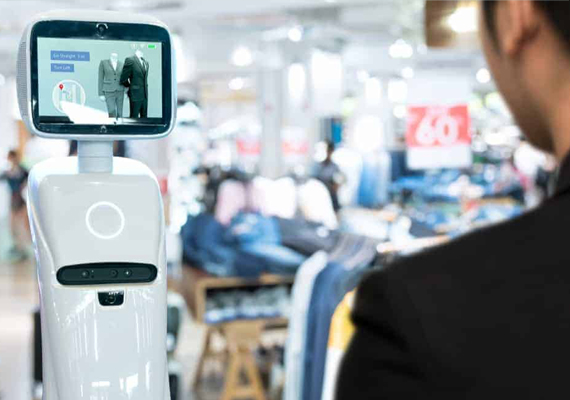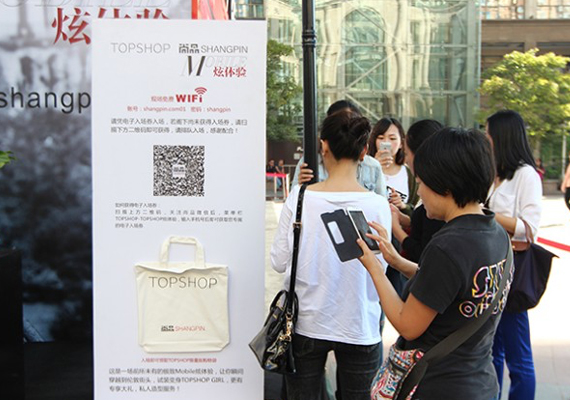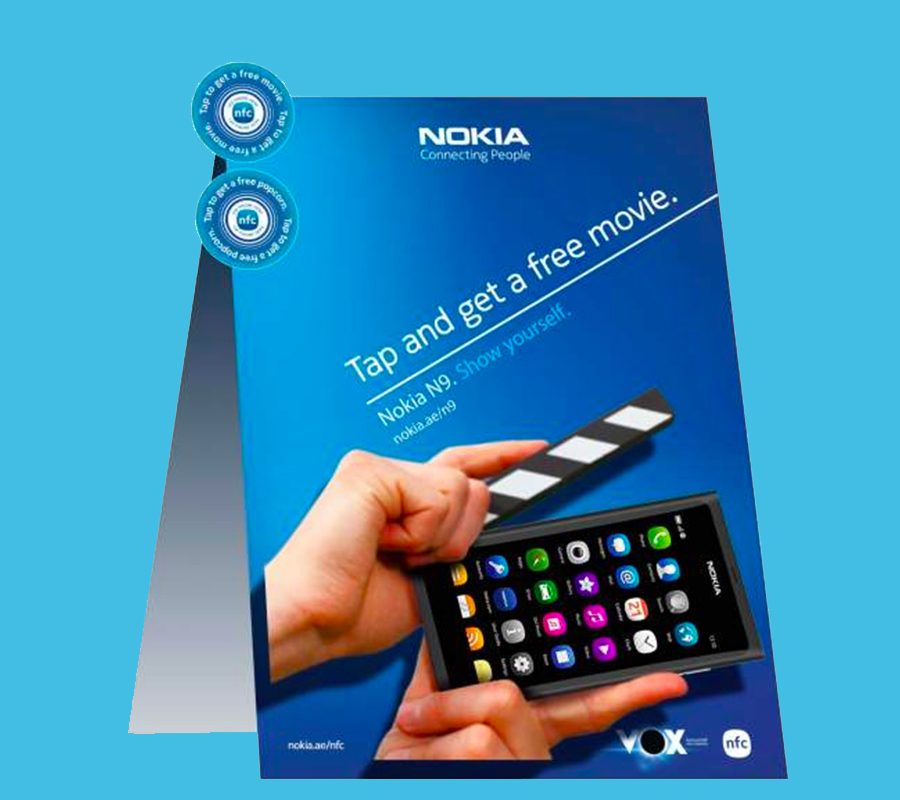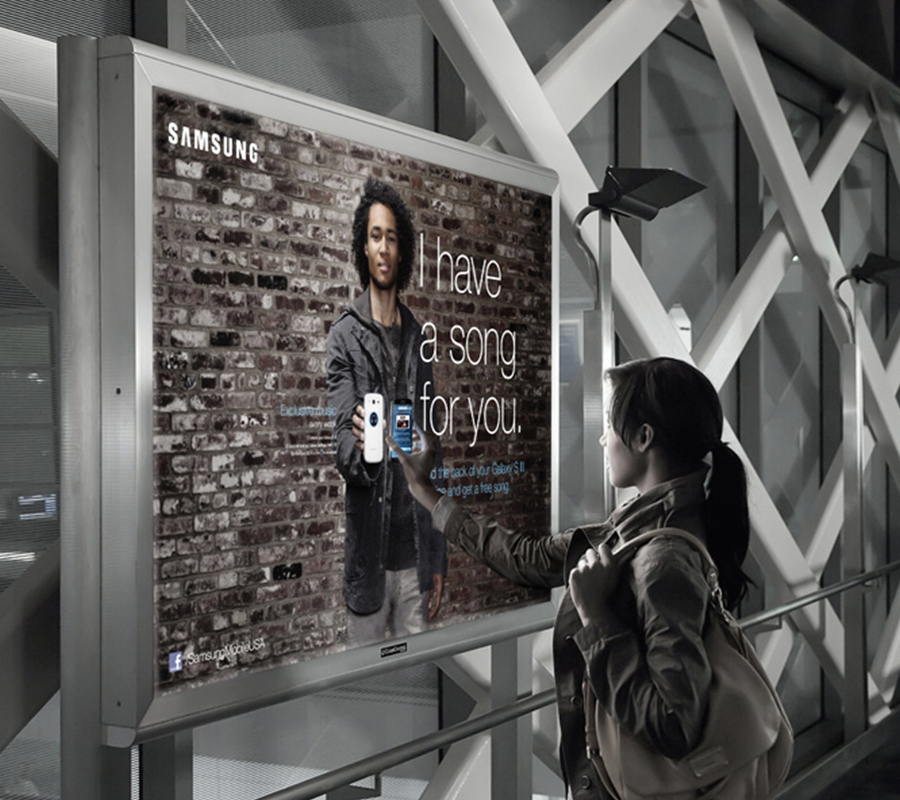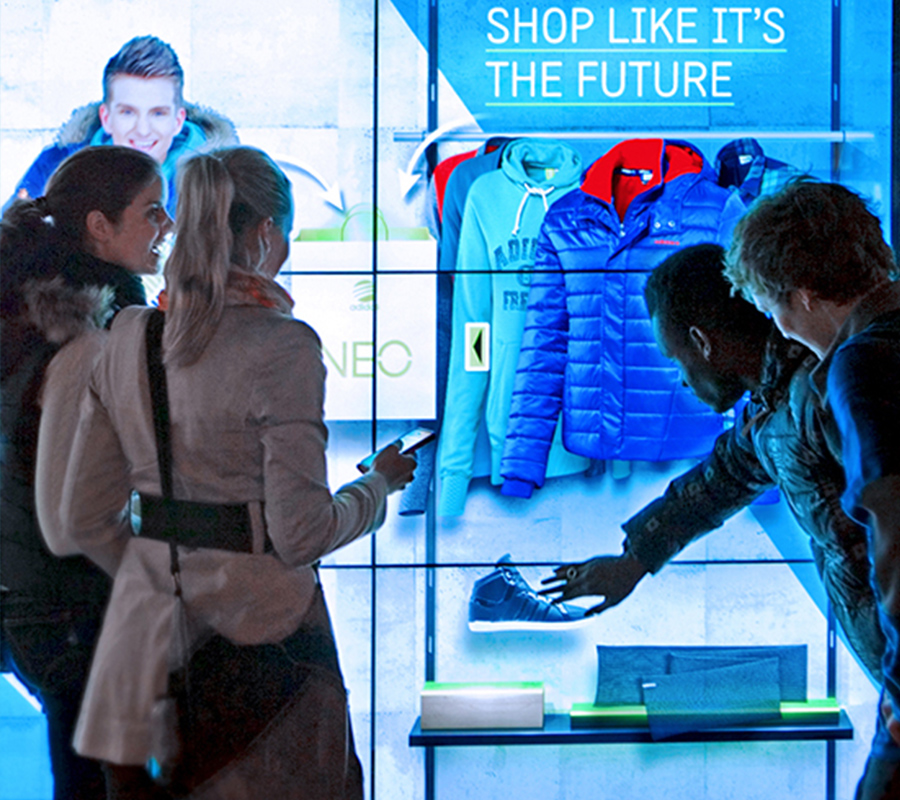
For most retailers O2O doesn’t require a massive change or huge investments. It’s about putting the channels you already have to good use and connecting them up in ways that benefit the customer. Based on the stats, the store is going to be a dominant figure in the retail ecosystem for some time still and so has huge value, not just as a place to buy, but as a service delivery location.
One of the best indicators of this is the Amazon-Whole Foods relationship. Why else would Amazon buy Whole Foods if this giant of e-commerce didn’t see value in a physical retail presence? Whether it’s using the stores to complement its online business by offering ordering and collection or recognising that there are some things customers like to buy in person, the extent of their plans remains to be seen. But it’s clearly worth having a ready-made store network, rather than building its own from scratch.
The other great thing about O2O is that it can help you expand your customer base. You can use these techniques to find new customers online and then encourage them to engage with your brand in person. After all, if the majority of shoppers buy in-store do you want to try and capture their online business only, or the in-store as well?
FMCG: Focus on the relationship with the consumer
As modern life accelerates and technology continues to advance, people expect everyday products to keep up too. That's why FMCG companies are always on the lookout for the next great innovation.
New product launches, new schemes, new brands, new brand extensions, and new marketing activity are springing up across the sector. But that doesn't automatically mean that they'll all survive. It's innovative thinking and smart working that will ensure individual companies in FMCG succeed.
Many FMCG company has embed NFC tags into merchandising displays for FMCG products. This solution will allow customers to tap their phones against the NFC touch symbols on point-of-purchase units in retail outlets to receive content from the participating brand.
The NFC tag is built into the signage of the stands and objects as part of their POS display. The content on the tags depends on what we’re doing; say we’re doing a stand for potato chips for example. You have the stand for that project and it can redirect users to a certain campaign or anything that the potato chip brand desires.
Designing and developing in-store activation units for brands and their customers has always been all about the customer experience.
As shoppers demand a more digital purchasing experience, we are at the forefront of customer engagement by providing brands with real time feedback on in-store engagement.
NFC technology represents the next wave of the in-store experience and we look forward to enabling it to millions of people through new or existing units.









